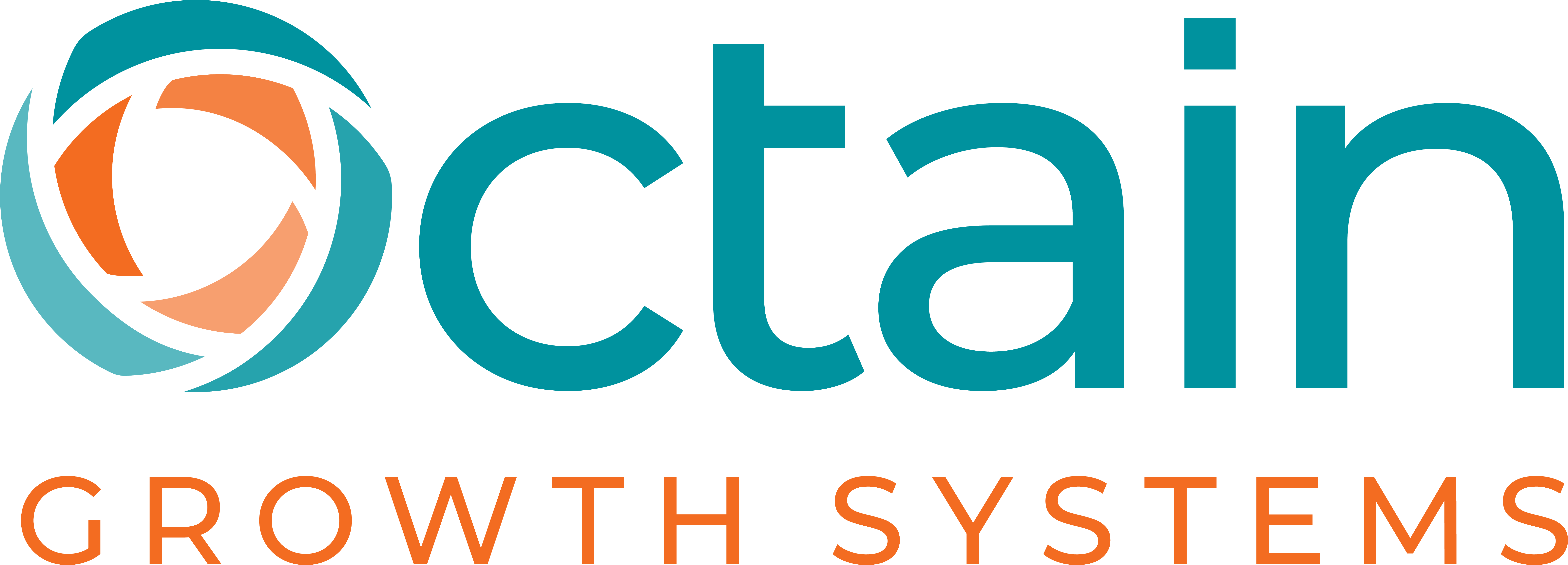Marketing doesn’t work. We’ve tried everything and its still not working! All I want are a few great leads!
Do these laments sound familiar? I’ll bet they do!
I’ve heard them from every client I’ve ever worked with. I’ve said them myself.
Here are four key reasons why your marketing efforts might be failing and what to do about it.
- Expecting marketing to be something it isn’t.
Marketing isn’t sales. That may sound obvious, but bear with me.
Think of your customers as your dinner guests. They are coming for a great experience, a meal, stimulating conversation, friendship. They want to leave satisfied and happy they spent the time with you.
In this scenario marketing sets the stage for the event: finding the guests, sending out invitations, setting the table and making sure everything is ready for the guests when they arrive.
Sales serves the meal, facilitates the conversation and makes sure the guests are getting what they came for and leave satisfied.
Marketing is used to attract, engage and bring the customers in the door so sales can give them the products and services they are expecting.
The key word here is attract.
Ask yourself, how attractive is my marketing? Does my website, social posting and advertising shine a bright beacon of light that will draw people to me or does it confuse them?
- Confusing your potential customers.
“No one knows what we do,” sighed my financial services client. Customers were confused because the company had no clear message that communicated their value to their prospects.
They were putting out a laundry list of services and hoping someone would see something on the menu they liked.
That’s a common marketing tactic that is a recipe for disaster!
In today’s market people won’t take the time to figure out what they want from your menu. They want the meal fully prepared and set before them so all they have to do is enjoy it.
You can avoid confusion and create clarity in your marketing by:
- Creating a unique value proposition (UVP) by knowing what your ideal customer most desires to get and describing how your product/service gets them there. Your UVP zooms in on the specific value your product or service delivers to customers that achieves results. The key word here is not value, it is Your UVP must a take a singular stand in the market delivering an experience that cannot be claimed by a competitor.
- Sharing your UVP through your brand promise. Your brand promise is your contract with your customer/client as to what you are going to give them in return for the money that they are paying you. It focuses on results and outcomes built on value. From the customer’s perspective, the brand promise is a combination of tangible (I will get a new look) and intangible (I will feel more confident) needs, wants and desires.
Both of these steps are critical. Marketing efforts often fail because the UVP is not unique, and the brand promise is non-existent.
- Inconsistent Branding and Messaging.
Consistency is key when it comes to branding and messaging. Yet many fractional executives and business owners struggle to maintain a cohesive message across various marketing channels and touchpoints. Inconsistencies in messaging, imagery, and tone can dilute brand recognition and confuse potential customers, leading to missed opportunities and reduced trust in your business.
You can solve that marketing failure point by developing brand and message guidelines that clearly articulate your brand’s voice, personality, visual elements, and product/service differentiation. Ensure that these guidelines are followed consistently across all marketing collateral, including your website, social media profiles, advertising campaigns, and customer communications.
- Failing to Reward Loyal Customers.
Marketing fails when it only focuses on attracting new customers while neglecting the importance of nurturing existing relationships and delivering exceptional customer experiences to long term customers. Don’t take them for granted!
You can solve that marketing failure by prioritizing customer satisfaction at every stage of the buyer’s journey, from initial contact to post-purchase interactions. Invest in training your team and partners to deliver personalized, attentive service and promptly address customer concerns and feedback.
And more: find ways to express your gratitude and appreciation to customers and clients who have been with you over the long haul.
Need ideas for rewarding your customers? Check out my recent blog, Show Your Customers Some Love.

